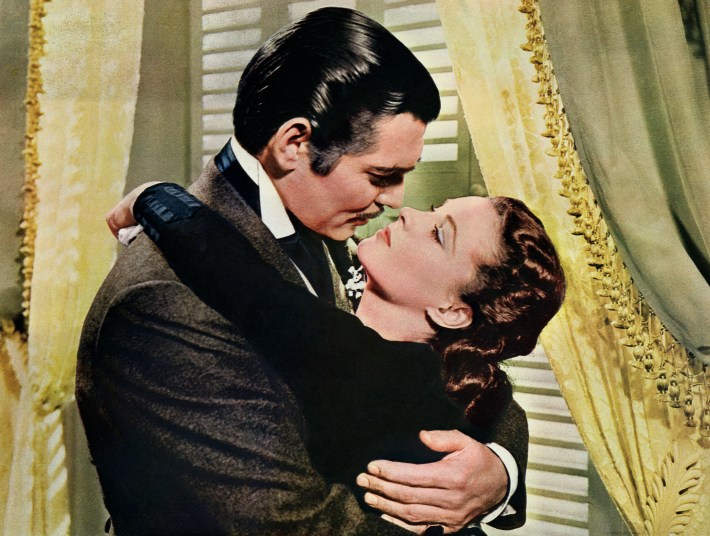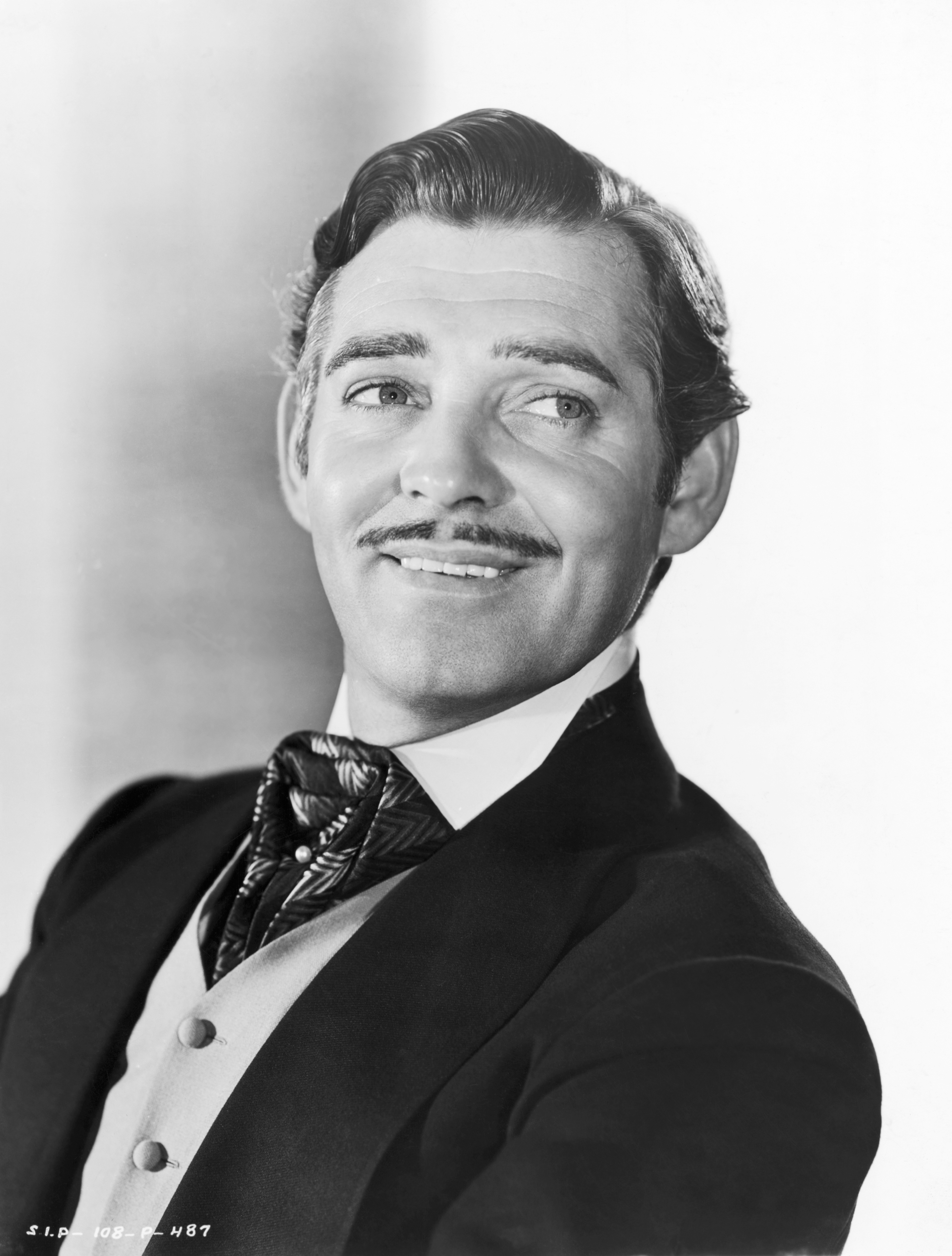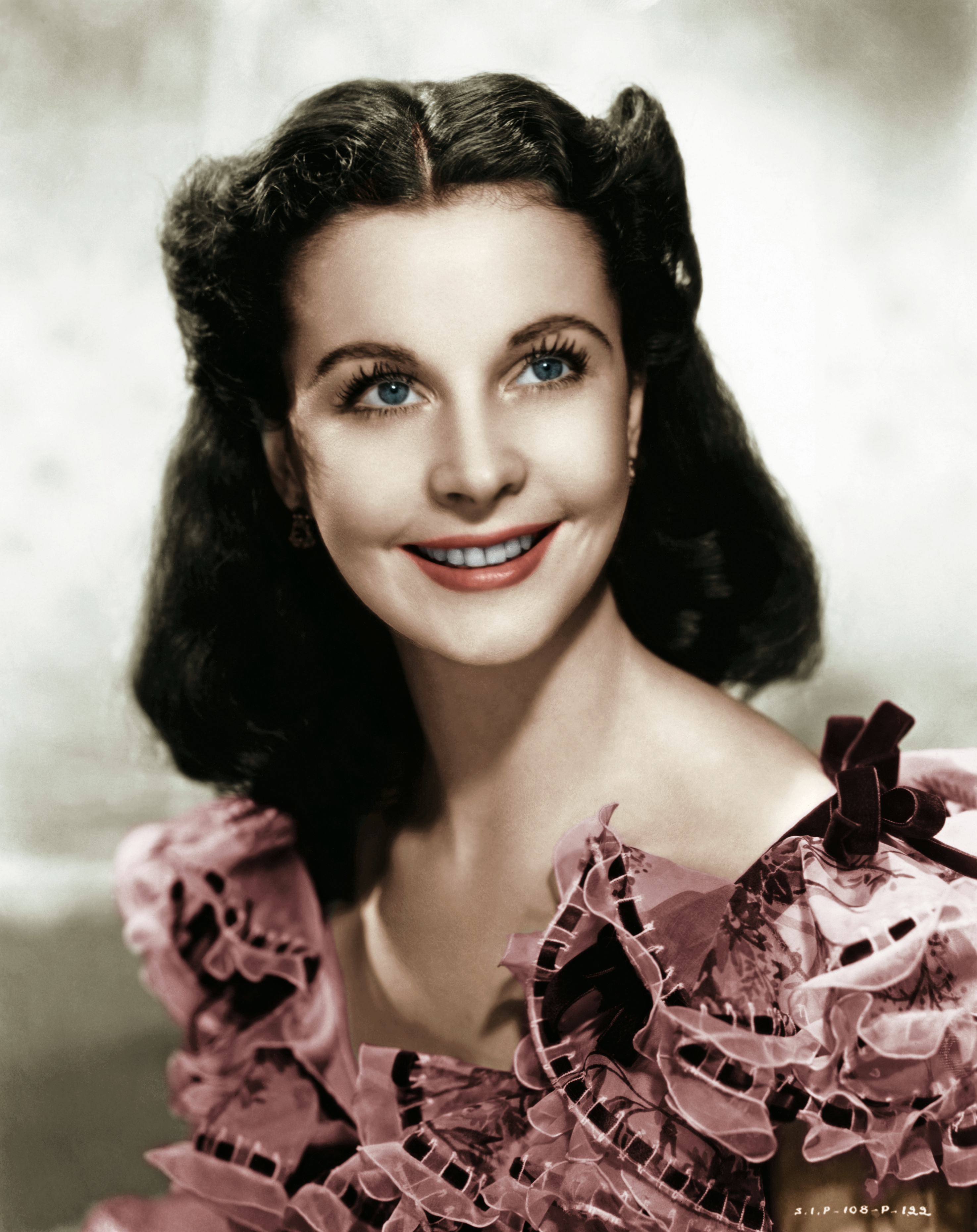Making an Epic: The Drama Behind the Scenes of ‘Gone With the Wind’

It was the movie they said couldn’t be made. But through the passion and determination of producer David O. Selznick, Gone With The Wind became one of the greatest motion pictures of all time. Margaret Mitchell’s novel had been an instant hit, selling 300,000 copies in the first month. The publishers tried to sell the movie rights and Selznick saw an opportunity, buying the rights for $50,000 — the most that had ever been paid for an author’s first novel.
Selznick wanted to be true to the novel and begged Mitchell to critique every aspect of the production. She offered one criticism — she disapproved of the design for Tara — but Selznick ignored her, and she wouldn’t comment again. This interaction set the tone for the whole production. Selznick was a difficult man who refused to compromise. His narrow-mindedness meant there were constant changes, friction between cast and crew, and intolerable working hours.
Selznick thought nothing of calling people at two or three in the morning. He would have scenes re-shot and entire sets rebuilt — nothing seemed to please him. But problems had surfaced long before filming began. The script was reworked hundreds of times, changing almost daily. Seven different writers were involved at various times (including, briefly, F. Scott Fitzgerald) and, although the credit went to Sydney Howard, it’s thought that Selznick wrote large portions of it himself.

(Photo Credit: Getty Images)
The Search for a Star
Casting presented its own challenges. Clark Gable wasn’t keen on playing Rhett Butler, as he felt it was a “woman’s picture.” He was in the midst of a divorce and it’s rumored that studio boss Louis B. Meyer offered Gable’s wife Ria $500,000 and a quick divorce on the condition she convince him to take the role of Rhett.
Leslie Howard was also reluctant. He felt he was too old for the role of Ashley Wilkes and complained that his costumes made him look like “a fairy doorman.” He refused to read the book and only learned the lines he needed for the following day.
Salaries of the Cast
Clark Gable: $117,917
Vivien Leigh: $30,851
Leslie Howard: $76,250
Olivia de Havilland: $25,375
Hattie McDaniel: $6,459
The book was so popular everyone had an opinion on who should be in the roles; even Eleanor Roosevelt wrote to Selznick suggesting her own cook for the part of Mammie. But the most crucial decision was who was to play Scarlett O’Hara. Tallulah Bankhead, Katharine Hepburn, and Joan Fontaine were all considered. For a time, Paulette Goddard was Selznick’s top choice, but as she was living with Charlie Chaplin at the time, it would have been too scandalous for her to play the Southern belle.
Selznick was determined to have an unknown in the role and for two years scoured America, spending $50,000 interviewing 1,400 would-be Scarletts and screen testing 33 actresses. Some now believe the search had been a well-orchestrated publicity stunt and that Selznick had secretly signed Vivien Leigh as early as February 1938.

(Photo Credit: Getty Images)
But, worried audiences wouldn’t accept a British actress in such an iconic American role, so Selznick set out to make it look as though Leigh was discovered spontaneously when she “happened” to be visiting the set with Laurence Olivier, with whom she was having an affair.
Fun fact: Did you know that in the book Scarlett is described as having green eyes? As a result, Vivien Leigh’s blue eyes had to be manually corrected post-production.
The first scene to be shot was also the most spectacular: the burning of the Atlanta. They needed to clear the buildings on the back lot, so art director Lyle Wheeler suggested they set it all on fire. Flames 500 feet high leaped from the 40-acre set. The fire cost $25,000 and yielded 113 minutes of footage.
All seven of Hollywood’s technicolor cameras were used. The cameras were huge and used three negatives — red, green, and blue. Selznick’s vision was uncompromising, and his ambition for the railroad sequence was almost impossible to film. The scale of what he wanted to achieve as the camera pulled further and further back meant they had to get a crane bigger than had ever been built before.
He also insisted on no less than 2,500 extras to lie in the dirt as dead and wounded Confederate soldiers. The Screen Actors Guild could only supply 1,500 so 1,000 dummies were used to round out the scene.
Trouble Brewing
Even once filming began, the problems didn’t end. George Cukor, the original director, spent more than two years planning and developing the project, but left just 18 days into filming. The reasons for his departure aren’t clear. Some say he wasn’t happy with the script and couldn’t cope with Selznick’s demands, while others suggest Selznick dismissed him because he was too slow. But rumors persist that Gable pushed for him to go because he was offended by his homosexuality. Vivien Leigh and Olivia de Havilland were devastated and didn’t get along with his replacement, the macho Victor Fleming, who had just finished The Wizard of Oz.
Fleming directed the bulk of the film you see today, including re-shooting large parts of Cukor’s work. But the pressure got to him too and he had a nervous breakdown, so Sam Wood took over for a few weeks until he was well enough to return.
As with the film, the final words should go to Rhett. Selznick pleaded for months to get the line “Frankly my dear, I don’t give a damn” past the censors, but they rejected his claim that no other word would do. True to form, Selznick stuck to his guns, left the word in, and was subsequently fined $5,000.
Fast Facts
- The film is estimated to have achieved more than $4 billion in ticket sales.
- It grossed $20 million in the first five months of release.
- The film has been dubbed or translated into 25 different languages.
- In total, 88 hours of footage were filmed.
- There are more than 50 speaking roles, and 2,400 extras were used on the film.
- Production costs were $3.9 million — making it the third most expensive film ever at the time.
- More than 55,000 costume sketches were made before production began
- Vivien Leigh’s performance (two hours and 23 minutes) is the longest ever to win an Academy Award
This article was originally written by Yours editors. For more, check out our sister site, Yours.
More From Woman’s World
10 Love Letters From Famous Couples That Still Make Our Heart Go Pitter-Patter
9 Unexpected Beauty Secrets of Classic Hollywood Stars
‘The Wizard of Oz’ and Beyond: Life for the Cast After the Yellow Brick Road












